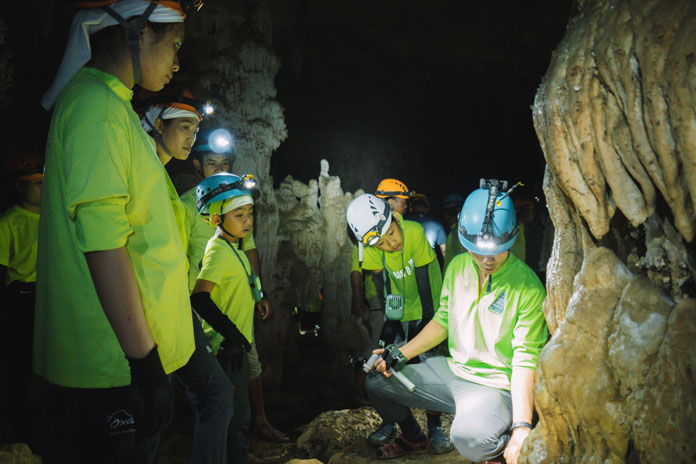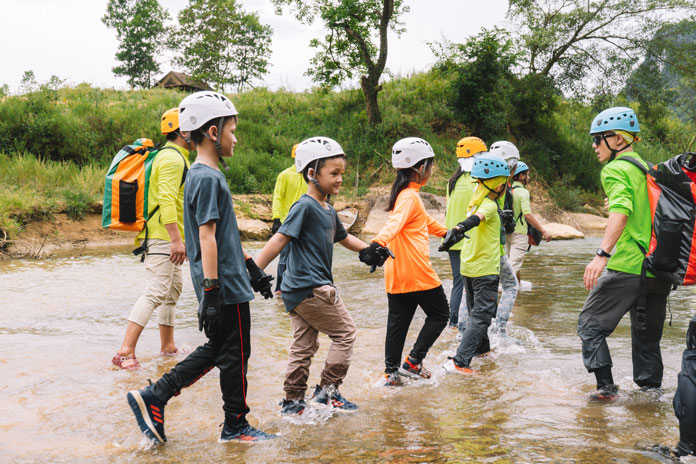Top 9 adventure activities in Vietnam: Thrill seekers, off the beaten path
Are you looking for adventure activities in Vietnam that are thrilling, unforgettable, and immersed in stunning natural landscapes? From trekking mountains to diving into vibrant coral reefs, Vietnam offers countless adrenaline-pumping experiences. This blog highlights the top 10 adventure activities in Vietnam you shouldn’t miss!
1. Caving in Phong Nha-Ke Bang
Caving is an extreme adventure that involves navigating through underground caves, often requiring trekking, swimming, rock climbing, and even abseiling (descending a steep incline while gripping a rope secured at the top).
Phong Nha-Ke Bang National Park, Quang Binh, is Vietnam’s premier caving destination, home to some of the world’s most magnificent caves. Among them, Son Doong Cave is the largest cave in the world, offering spectacular subterranean landscapes with massive chambers, underground rivers, and unique rock formations. Likewise, Hang En, Hang Va, and Hang Ba boast equally stunning underground scenery, featuring enormous caverns, shimmering rock pools, and intricate stalactite formations. Therefore, this UNESCO-listed park is a paradise for thrill seekers.
During a caving tour in Phong Nha-Ke Bang, participants will feel a mix of awe and adrenaline as they navigate through vast underground chambers, wade through rivers, and marvel at otherworldly rock formations hidden deep beneath the earth.
Tourists exploring Son Doong Cave–the largest cave in the world.
Oxalis Adventure, the only authorized tour operator for Son Doong Cave and the majority of caves in Phong Nha-Ke Bang, offers world-class caving experiences, including the Son Doong Expedition, Hang En Cave Adventure, and Tu Lan Cave System Tours. These caving tours provide an immersive experience in Vietnam’s hidden underground world, offering challenges for all adventure levels.
2. Motorbiking Ha Giang Loop
The Ha Giang Loop is one of the best motorbike routes in Vietnam, winding through mountains, valleys, and remote ethnic villages. With a total length of over 300 km, the loop starts from Quan Ba, continuing through Yen Minh, reaching Dong Van, passing through Meo Vac, and then back to Quan Ba. This route takes riders through the famous Ma Pi Leng Pass, Dong Van Karst Plateau, and Quan Ba Heaven Gate.
Motorbiking the Ha Giang Loop isn’t just about the ride—it’s about experiencing the rich culture of ethnic minorities like the H’Mong and Tay, witnessing terraced rice fields, and immersing in local life. While the terrain is challenging, with steep, winding roads and occasional rough patches, the sense of freedom makes it a top choice for travelers seeking adventure. In particular, Ha Giang Loop is very popular among foreign tourists in Vietnam who crave off-the-beaten-path journeys.
The Ha Giang Loop is one of the best motorbike routes in Vietnam. Source: Flickr
If you’re not confident in riding a motorbike or unfamiliar with winding mountain roads, you can still experience the Ha Giang Loop by booking a tour where a local guide drives while you sit at the back. A guided tour to Ha Giang Loop provides a safer and more immersive journey, allowing you to relax, take in the breathtaking scenery, and listen to fascinating stories about the region from your guide.
3. Conquering Mount Fansipan
Nestled in the highlands of Northern Vietnam, Sapa, Lao Cai, is home to some of the country’s most spectacular mountains. Among them, Fansipan stands as the highest peak in Vietnam and Indochina, earning the title “Roof of Indochina” at 3.143 meters. Located about 9 kilometers southwest of Sapa, Fansipan lies on the border of Lao Cai and Lai Chau and has been a top trekking destination in Vietnam since the 1990s.
Today, Fansipan attracts both adventurers seeking physical challenges and spiritual travelers drawn to its sacred sites. There are multiple trekking routes to Fansipan’s summit. The Tram Ton Pass Route, beginning at Tram Ton Ranger Station, is the most accessible and popular, making it a great choice for moderate trekkers. Those looking for a tougher challenge can take the Xin Chai Village Route, while the Cat Cat Village Route is the most demanding yet rewarding for experienced hikers.
The summit marker on the top of Fansipan. Source: Flickr
Reaching the summit of Fansipan is an unforgettable moment, as climbers are greeted with breathtaking panoramic views stretching across the Hoang Lien Son mountain range. At the top, visitors will also find a newly built spiritual complex, home to landmarks like Kim Son Bao Thang Pagoda, Bich Van Monastery, Tam Quan Gate, the Ancestor’s House, and Linh Cao Dai Tower, a striking 32.8-meter-tall bell tower.
4. Paragliding in Mu Cang Chai
Paragliding is an extreme aerial sport that allows participants to soar through the sky. Unlike skydiving, paragliding involves deploying a foot-launched parachute. Khau Pha Pass in Mu Cang Chai is one of the best places for paragliding in Vietnam. Here, adventurers can glide over rolling mountains and stunning terraced rice fields.
Paragliding is a must-try during the golden rice season in September and October, when the landscape is at its most picturesque. The adventure begins at the takeoff point on Khau Pha Pass, with flights descending to a landing site 600 meters away. After landing, participants are provided with a return ride to the starting point, which is included in the ticket price. Each flight lasts about 15 minutes, depending on weather conditions and the participant’s stamina. No prior experience is required, as all flights are conducted in tandem with professional pilots, including both Vietnamese and international experts.
Mu Cang Chai is one of the best places for paragliding in Vietnam. Source: Flickr
All necessary equipment is provided, including cameras to capture all the moments mid-flight. Each participant receives a flight certificate, a great keepsake for the experience. Paragliding in Mu Cang Chai is suitable for everyone, even those hesitant about heights, as both takeoff and landing are smooth and controlled. The price for this incredible experience is around $100 (2.550.000 VND).
5. Kitesurfing in Mui Ne
Kitesurfing is a water sport that combines elements of surfing, wakeboarding (a variation of surfing where the rider is towed behind a motorboat), and paragliding. Riders use a kite to harness the power of the wind, propelling themselves across the water on a small board. This requires balance, control, and an understanding of wind dynamics.
While kitesurfing may seem challenging, beginners can start with lessons to learn the basics, like wind concepts, handling and maintaining equipment, and keeping balance on the water before advancing to jumps and tricks.
Mui Ne, Phan Thiet, is the best location for kitesurfing in Vietnam. The best season for kitesurfing in Mui Ne runs from October to April, with strong winds creating ideal conditions for both beginners and experienced riders. C2Sky–one of the best kitesurfing schools in Vietnam, offers certified instructors and high-quality equipment rentals to ensure everyone has fun trying this sport. Besides Mui Ne, kitesurfing is also available in other locations across Vietnam, such as Phan Rang, Da Nang, and Nha Trang.
The best season for kitesurfing in Mui Ne runs from October to April. Source: Flickr
To start kitesurfing in Vietnam, you’ll need a kite, control bar, harness, board, and safety gear. Kitesurfing riders usually rent equipment instead of buying it upfront, as a full set can cost thousands of dollars. Kitesurfing equipment rentals cost from $50 to $100 (1.270.000–2.550.000 VND) per day while kitesurfing lessons start at $60 per hour.
6. Scuba diving in Nha Trang
If kitesurfing isn’t your thing, consider trying scuba diving instead. This extreme sport allows you to explore the underwater world, offering a completely different kind of thrill. Scuba diving involves wearing an oxygen tank, wetsuit, mask, and fins while learning to control breathing and buoyancy. Isn’t this exciting enough?
Nha Trang is one of the best places for scuba diving in Vietnam, and it’s known for its vibrant coral reefs and diverse marine life. Beneath its crystal-clear waters, divers can spot colorful corals, tropical fish, sea turtles, and even small reef sharks. Several dive schools offer courses and guided dives, making Nha Trang ideal for both beginner and advanced divers. Of course, Nha Trang isn’t the only place for scuba diving in Vietnam–other notable locations include Phu Quoc, Con Dao, and Da Nang.
While exciting, scuba diving is physically demanding. You should be comfortable in the water and in good health, with no serious heart or lung conditions. Some dive schools in Nha Trang are PADI-certified (Professional Association of Diving Instructors) and provide safety training, ensuring even beginners can make the most of the experience.
Nha Trang is known for its vibrant coral reefs and diverse marine life. Source: Flickr
Note that scuba diving is a relatively expensive water sport, typically ranging from $50 to $100 (1.270.000–2.550.000 VND) per dive, because it requires specialized equipment (including a dive boat), professional training, and expert assistance.
7. Trekking the national parks
Trekking is one of the most exciting and rewarding outdoor activities. In trekking, adventurers immerse themselves in nature while challenging their physical limits. Unlike hiking, trekking involves longer, more demanding routes that take you through mountains, forests, and remote landscapes. Trekking also typically involves overnight camping, which enhances the naturally immersive experience amidst nature.
Vietnam is home to some of the most stunning national parks in Southeast Asia, where the terrain is diverse, and the scenery is more than breathtaking. Some of the best national parks in Vietnam include Phong Nha-Ke Bang (Quang Binh), Ba Be (Bac Kan), Cat Ba (Hai Phong), Pu Luong (Thanh Hoa), and Cuc Phuong (Ninh Binh). Each has unique ecosystems and incredible trekking routes.
Popular trekking trails include the Ta Nang-Phan Dung trail in Lam Dong, which is one of the best treks in Vietnam. For those looking for jungle adventures, Phong Nha-Ke Bang and Bach Ma National Park (Hue) offer stunning waterfalls and panoramic views. Within Hoang Lien National Park, Mount Fansipan leads to the highest peak in Indochina.
Trekkers in Phong Nha-Ke Bang National Park.
Beyond the thrill, trekking provides health benefits, including improved endurance and mental well-being. Trekking is also a great way to experience local ethnic cultures in Vietnam. This is because trekking offers participants the opportunity to meet local ethnic communities, observe their daily activities, and learn about their way of life.
8. Ziplining in Da Lat
Da Lat is often known as a peaceful retreat with its charming European-style villas, colorful flower gardens, and tranquil, azure lakes. However, beyond its serene beauty, Da Lat is also a prime destination for adventure activities in Vietnam.
The city’s cool, mild climate, breathtaking landscapes, and abundance of outdoor activity providers make it an ideal place for thrilling experiences. Visitors can enjoy kayaking on Tuyen Lam Lake, trekking up Langbiang Mountain, or mountain biking to Ta Nung Pass. Among these, ziplining stands out as one of the most exhilarating activities.
Ziplining in Da Lat offers participants an adrenaline rush–one that resembles a roller coaster ride but in the midst of stunning natural scenery. One of the best places for ziplining in Da Lat is Datanla, where adventurers glide 1.500 meters through the lush pine forests and over the spectacular Datanla Waterfall.
Tourists ziplining above the lush pine forests at Datanla, Da Lat.
The Datanla zipline is divided into two sections: the first stretch covers 1.000 meters with a moderate slope, while the second, at 500 meters, has a steeper incline, providing a faster and more thrilling descent. Safety is a priority, with high-quality equipment and professional instructors ensuring a secure and enjoyable ride. Although the cost per slide may be on the higher side, the unforgettable experience makes it well worth it.
9. Kayaking in Halong Bay
Kayaking has become one of the most popular adventure activities for travelers worldwide. However, few places compare to the unparalleled experience of kayaking in Halong Bay, where paddlers can explore the breathtaking limestone karsts and emerald waters of this UNESCO World Heritage Site. Recognizing its unique beauty, National Geographic has listed Halong Bay as one of the best places in the world for kayaking.
Most tourist cruises in Halong Bay offer kayaking as part of their itinerary. However, many tour companies also provide standalone kayaking experiences. This means visitors don’t need to book a cruise to enjoy kayaking in Halong Bay. Kayakers can paddle through hidden caves, serene lagoons, pristine beaches, and floating fishing villages. Some of the most popular areas for kayaking in Halong Bay include Luon Cave, Three Peaches Islet (Hon Ba Trai Dao), and Cua Van Fishing Village.
A tourist kayaking in Halong Bay with limestone mountains behind. Source: Flickr
Gliding through the calm waters, kayakers can soak in the stunning surroundings, marveling at the towering limestone formations rising from the sea. However, there are some safety tips to keep in mind to ensure everything goes on smoothly. Always wear a life vest and listen carefully to the tour guide’s instructions regarding the route, schedule, and safety rules. Be aware of weather conditions, tides, and wind strength, and bring essentials like water bottles to stay hydrated and sunscreen to stay protected.
Which adventure activities in Vietnam excite you the most? Whether it’s conquering Mount Fansipan, diving into Nha Trang’s waters, or soaring over Mu Cang Chai, Vietnam offers unforgettable adventures for everyone. Don’t wait! Start planning your next adventure and experience what Vietnam has to offer!
The Oxalis Experience.
Whether you prefer long treks, camping in a cave, sleeping under the stars in the jungle, swimming underground in river caves, explore the huge dry caves or just taking an exploratory day trip, Oxalis Adventure Tours can provide the right amount of adventure just for you.
Multi-day packages
Overnight tours
Day tours
Family tours
Whether you prefer long treks, camping in a cave, sleeping under the stars in the jungle, swimming underground in river caves, explore the huge dry caves or just taking an exploratory day trip, Oxalis Adventure Tours can provide the right amount of adventure just for you.



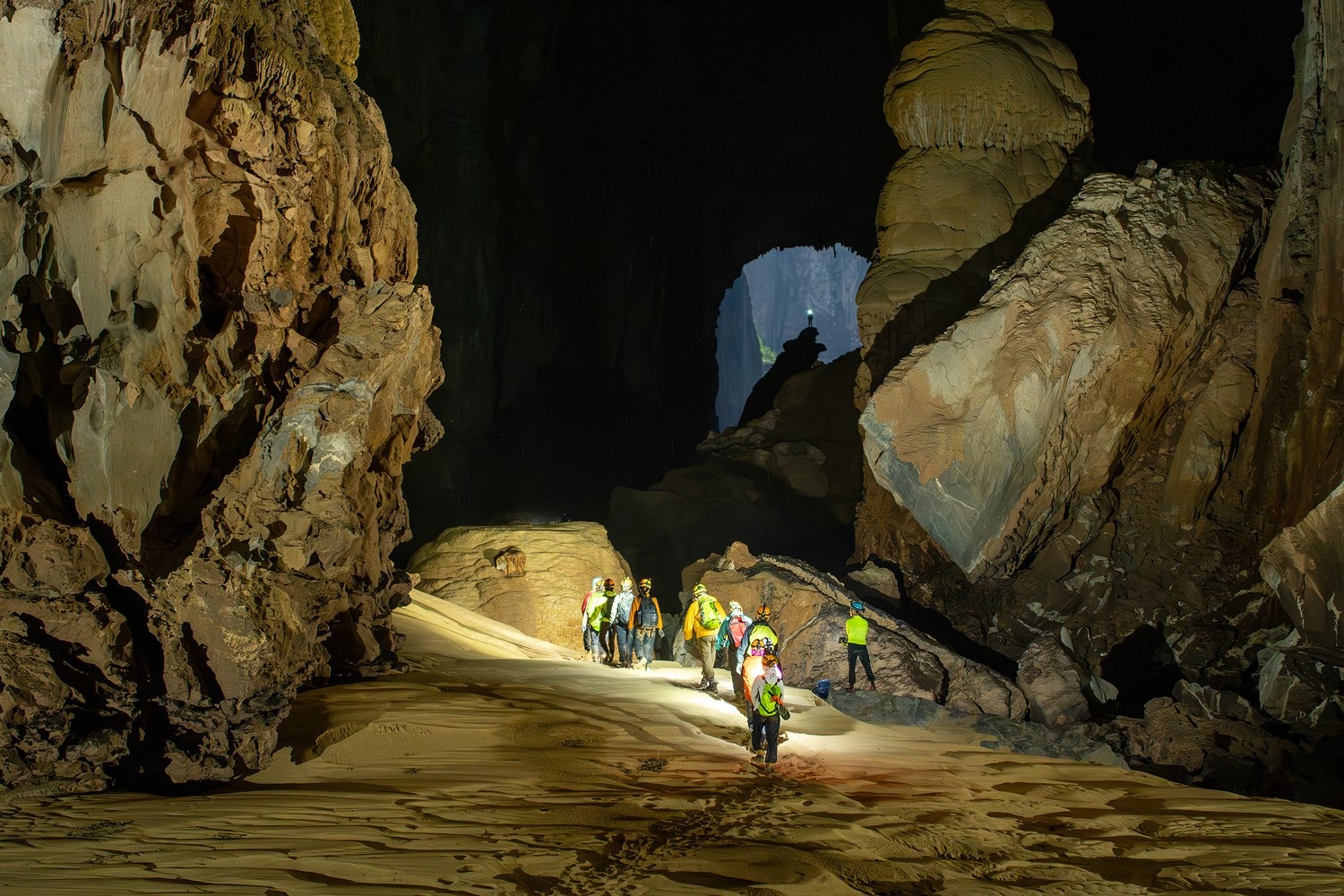


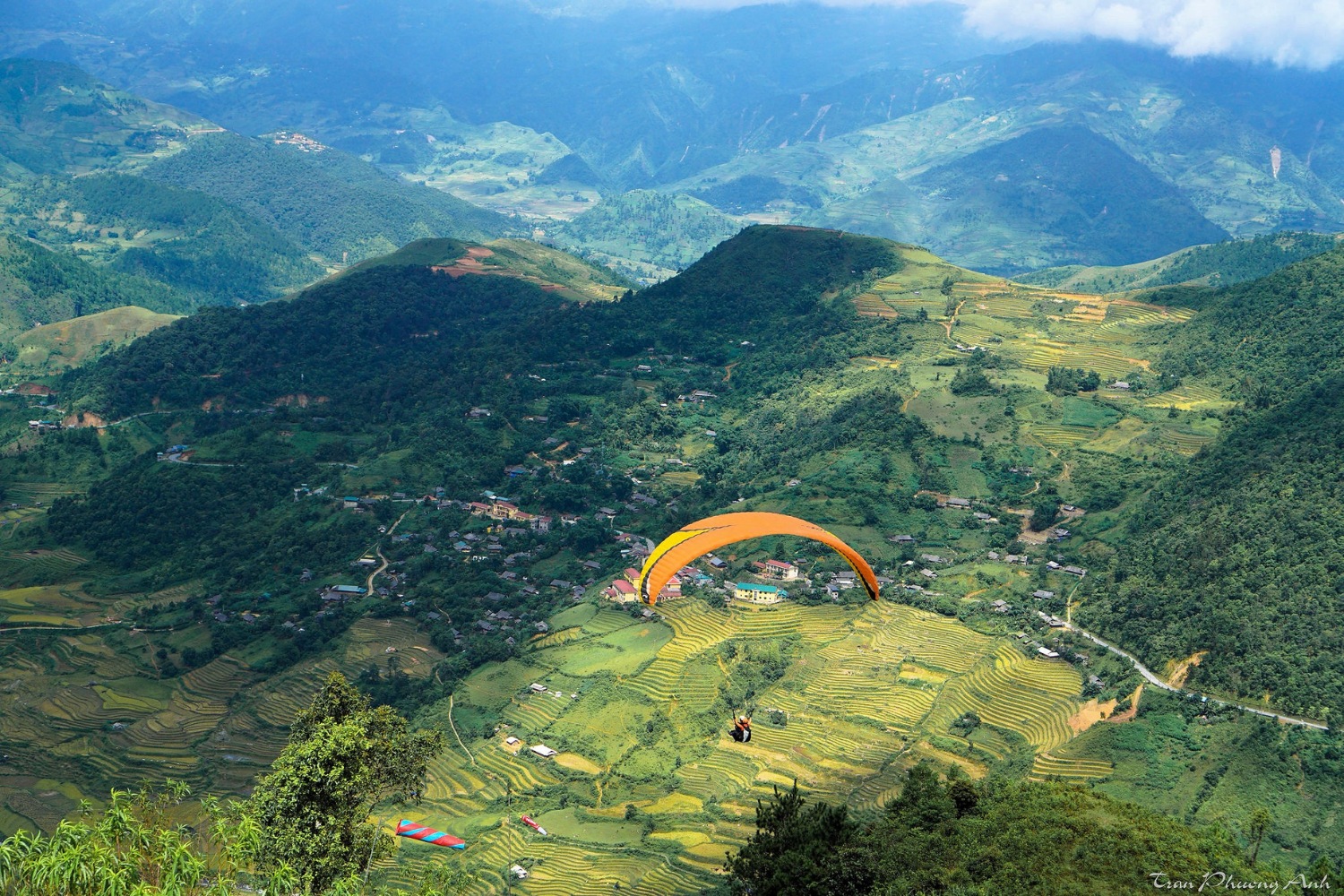
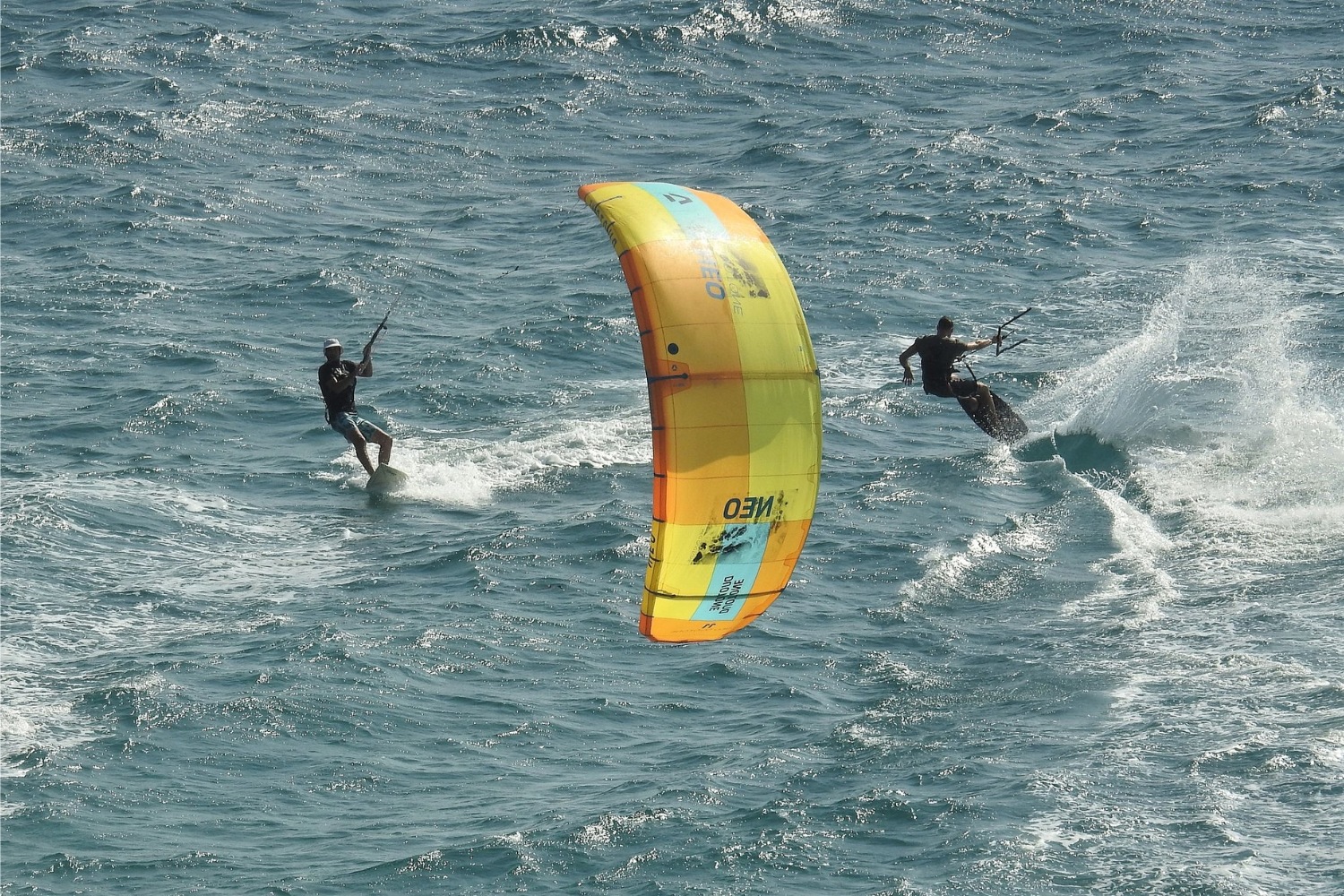
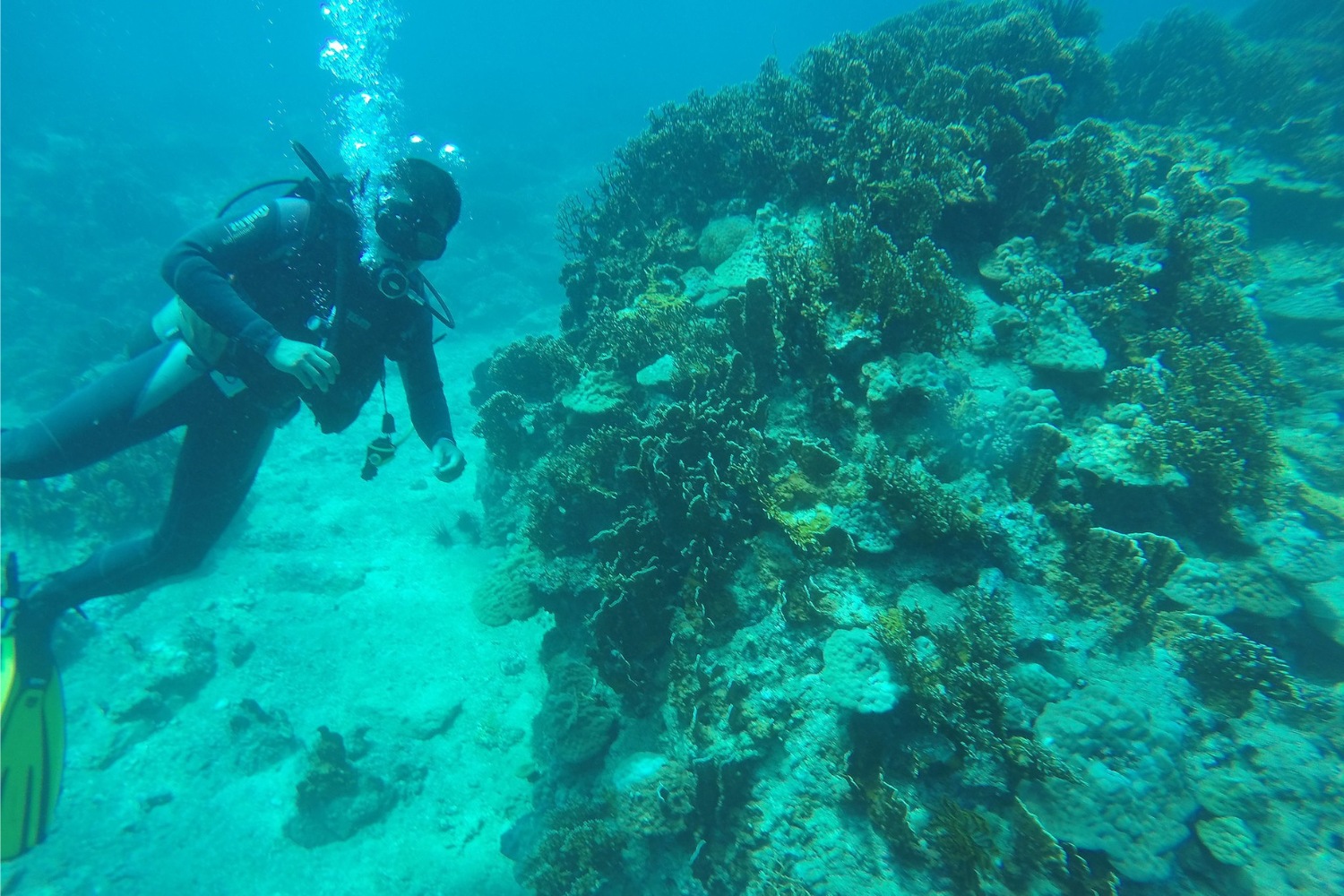
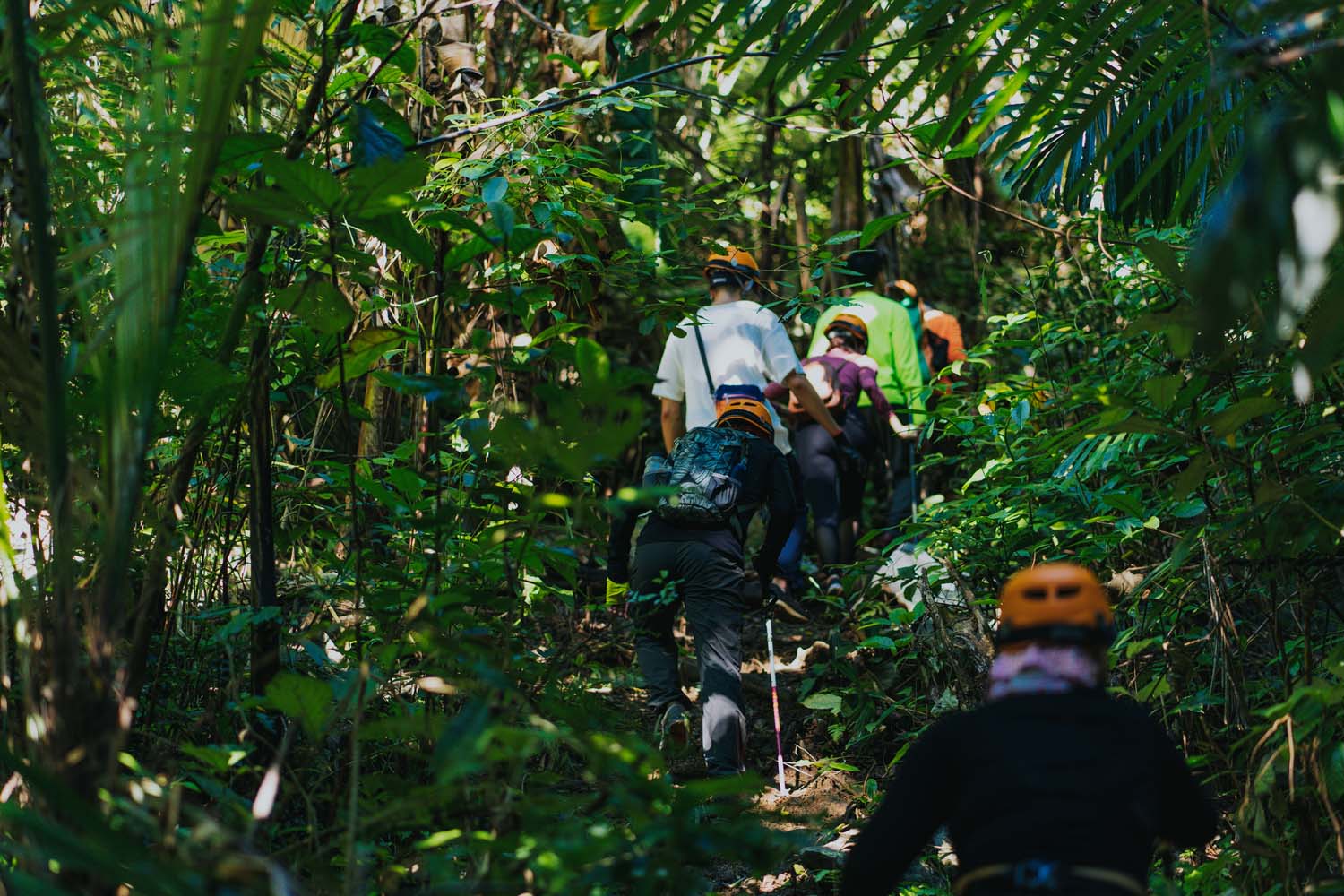
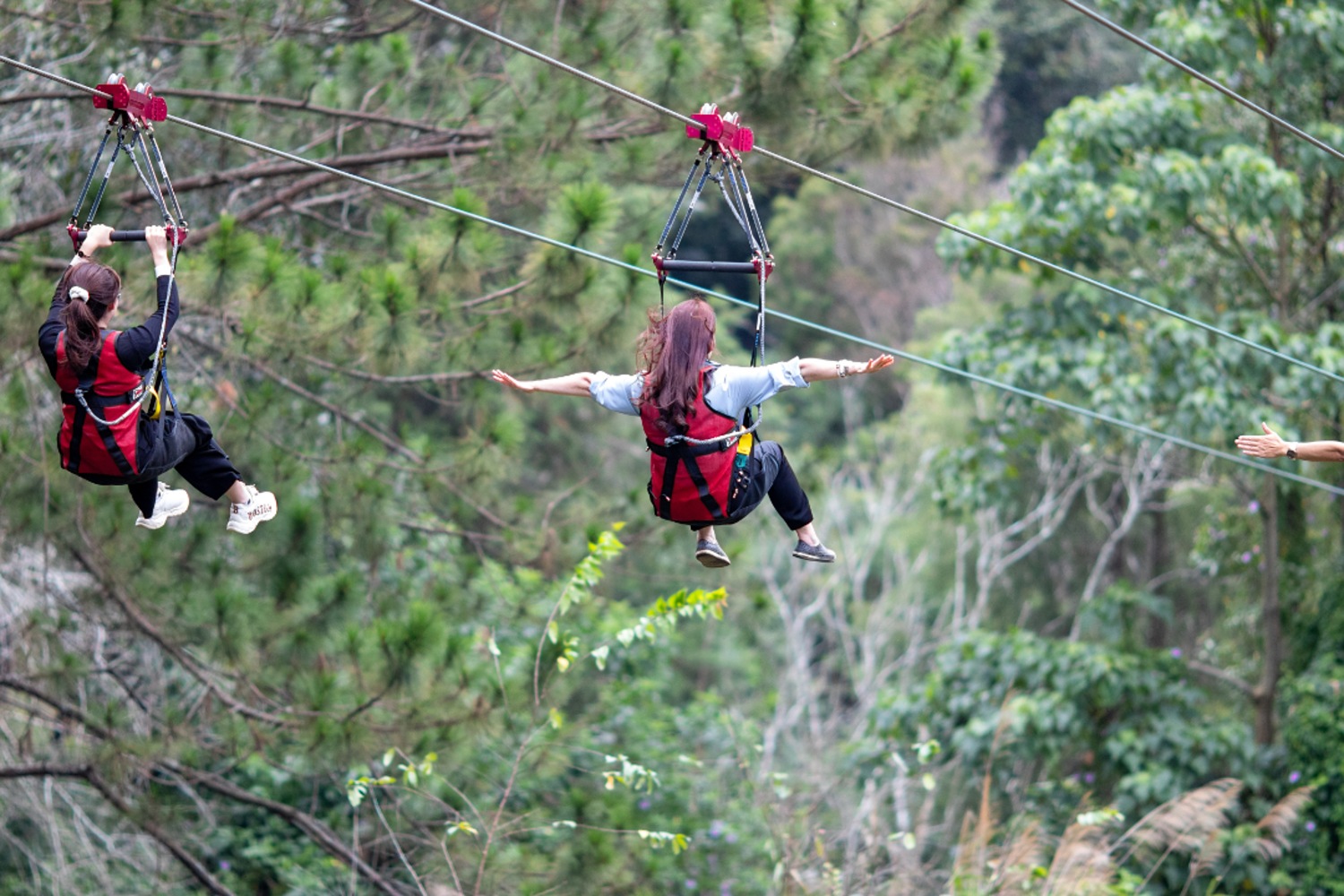
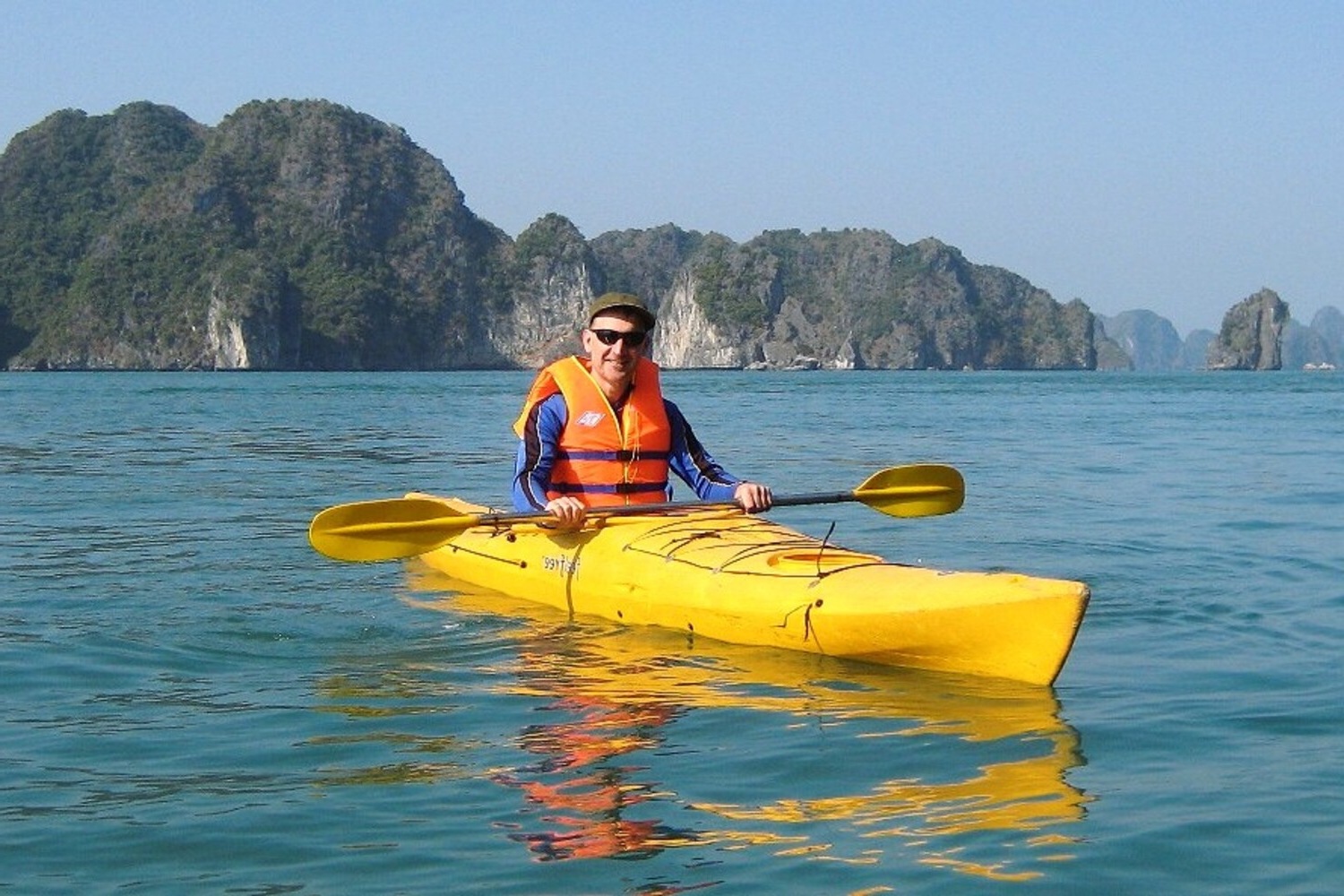

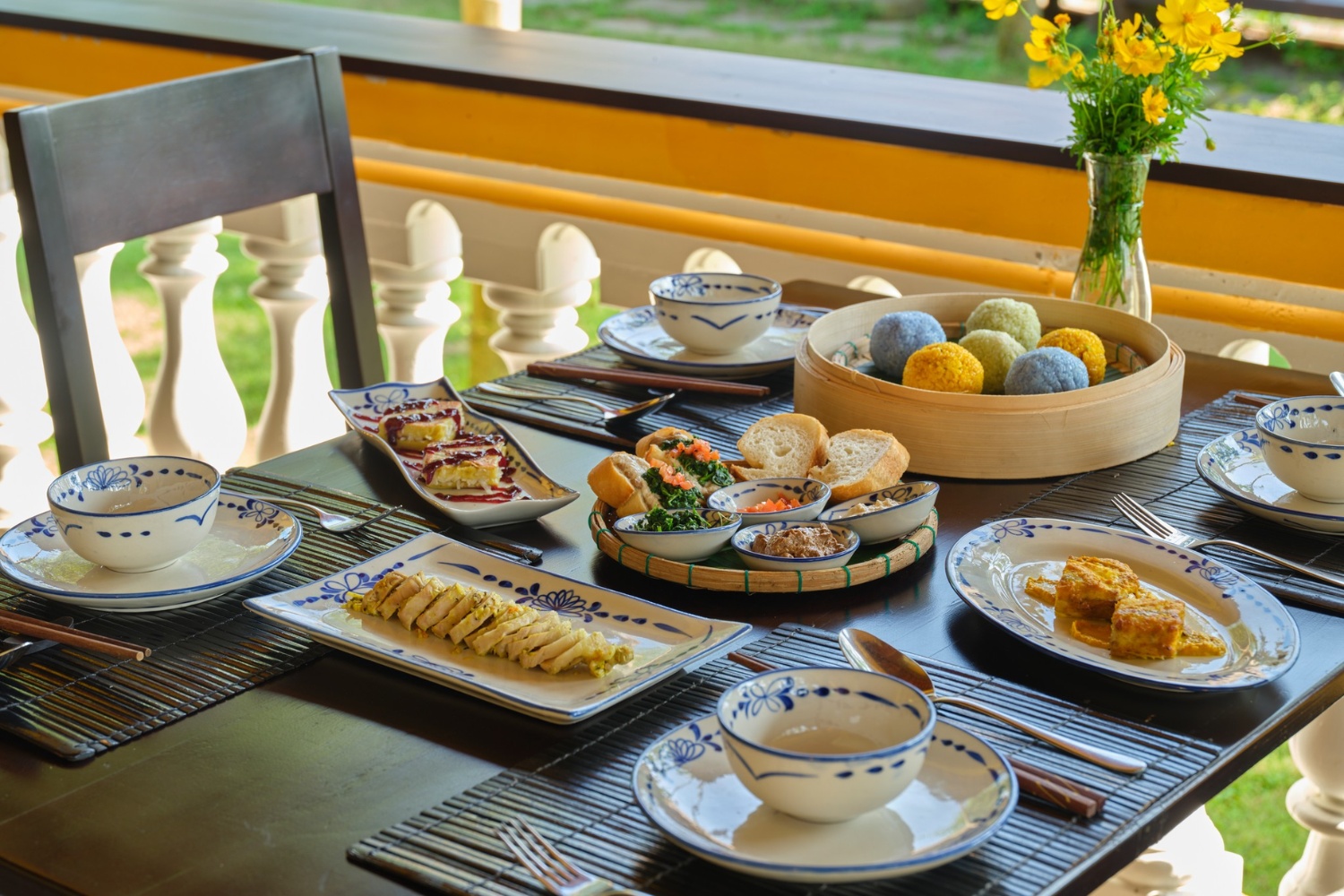
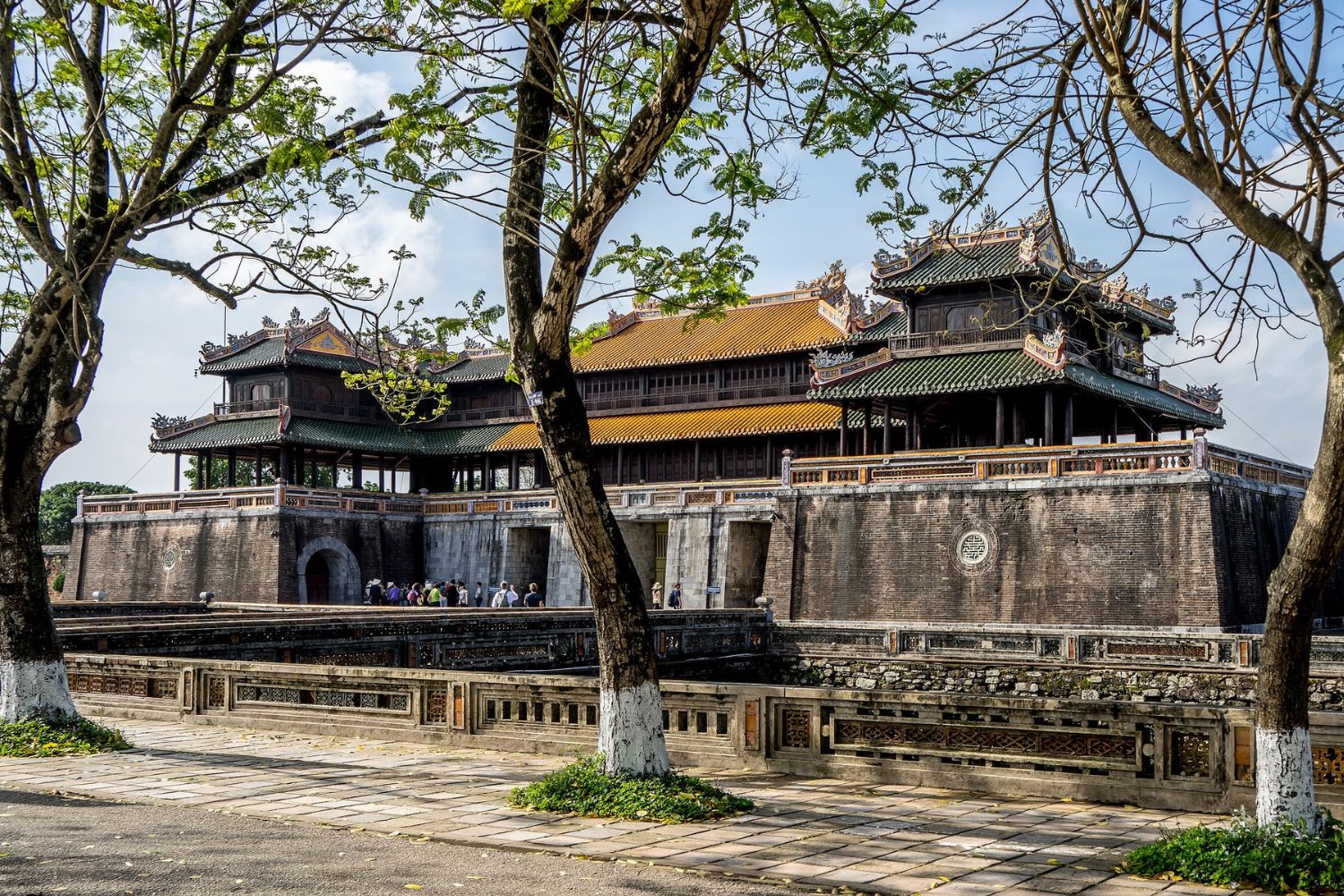
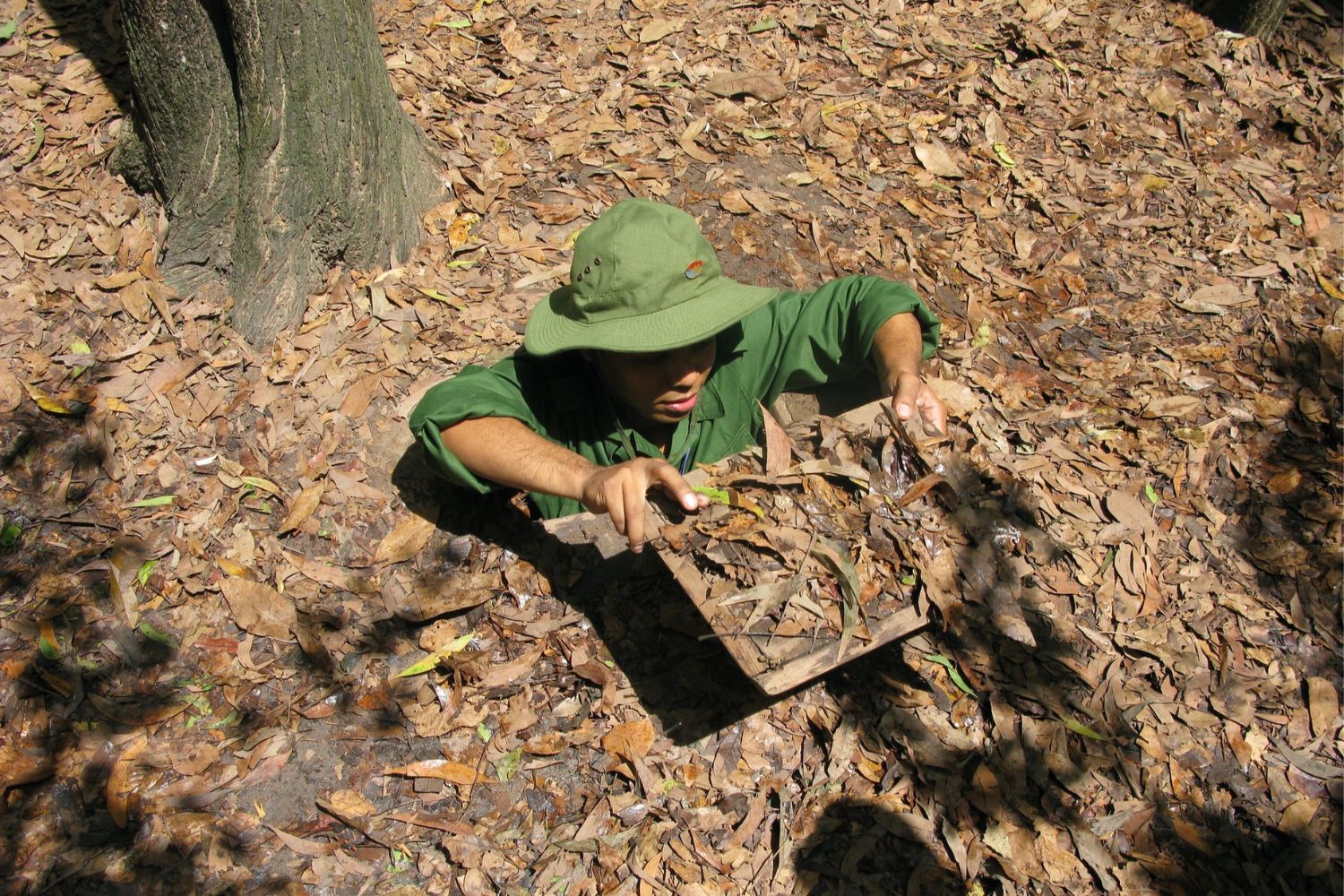

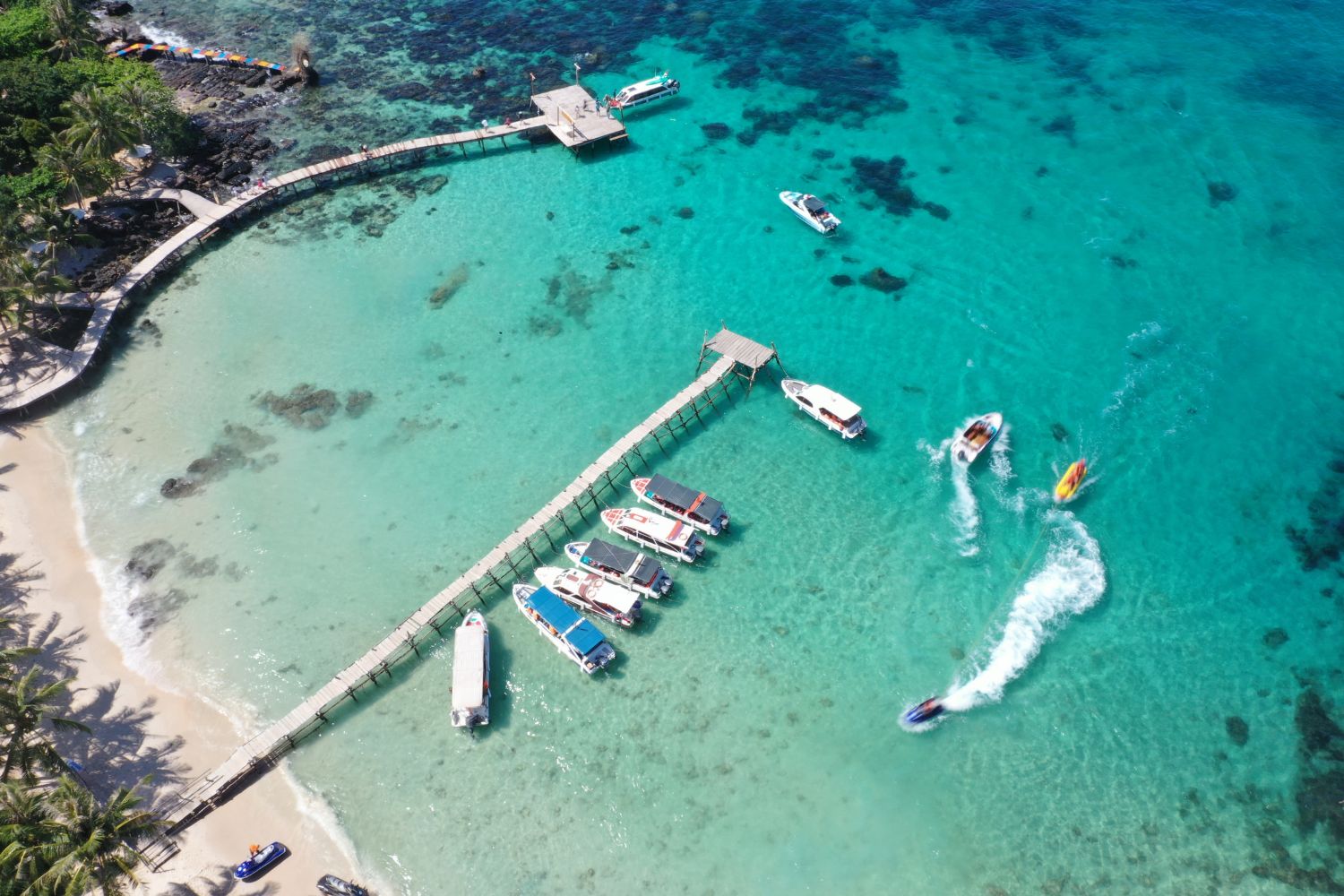
__637051765075307793.jpg)
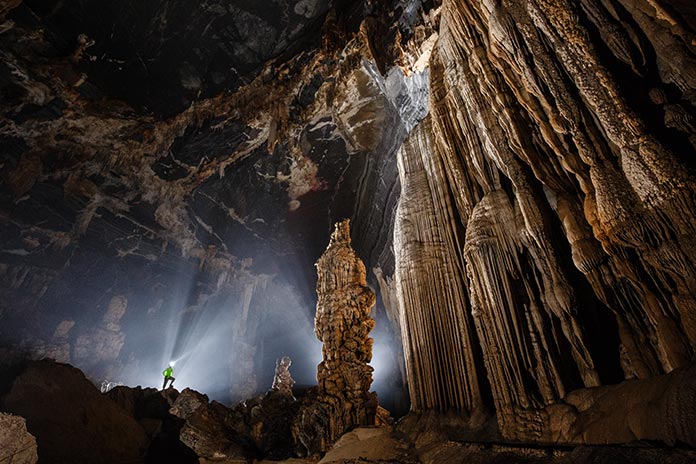
__637051782550081035.jpg)
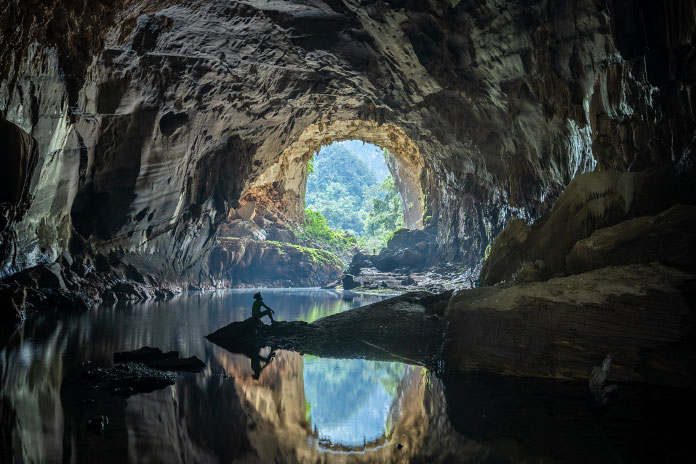
__637051777074859032.jpg)
__637051780703588520.jpg)
__637051781488596056.jpg)
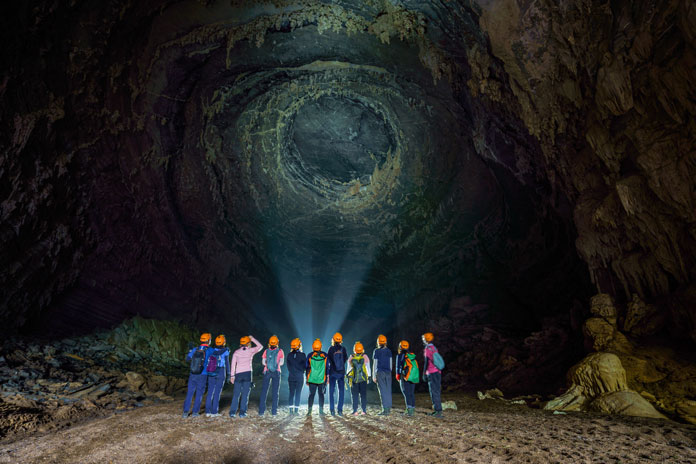
__637051767008903435.jpg)
__637051774329206026.jpg)
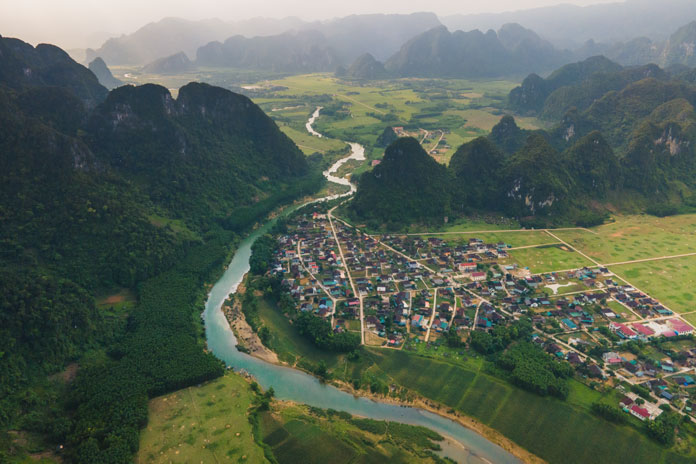
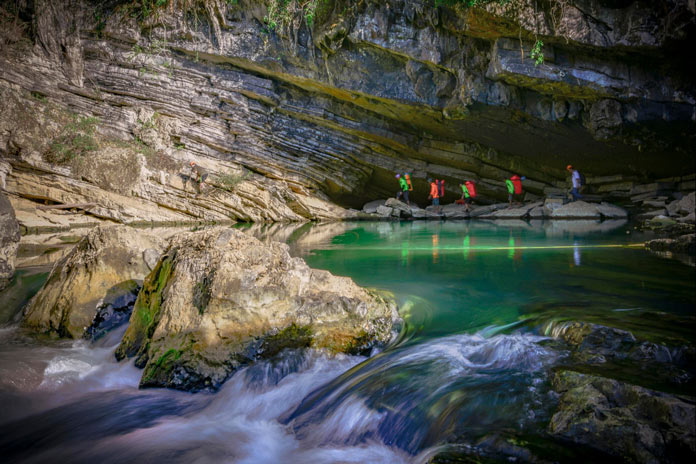
__637740499994967442.jpg)

